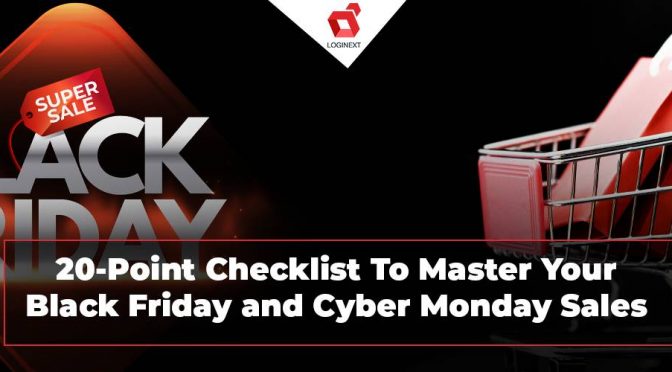
Black Friday and Cyber Monday are the most popular online shopping weekends of the year, and with it, the busiest time for online retail websites. To ensure your business thrives during this extravaganza, we’ve compiled a comprehensive checklist with 20 essential pointers to maximize profit.
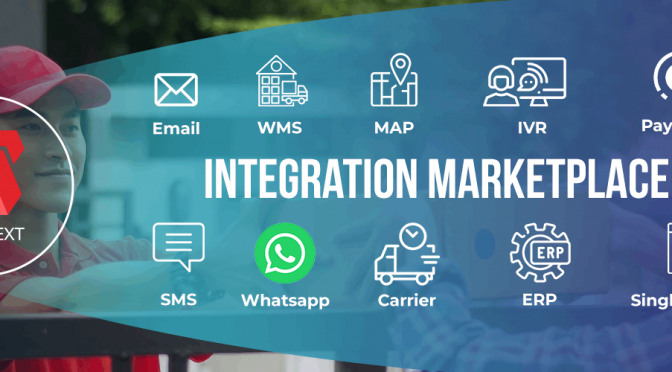
Not having proper integration will derail your supply chain and logistics operations. Here is how LogiNext is helping businesses across the globe streamline operations with a plethora of integration marketplace options to choose from.
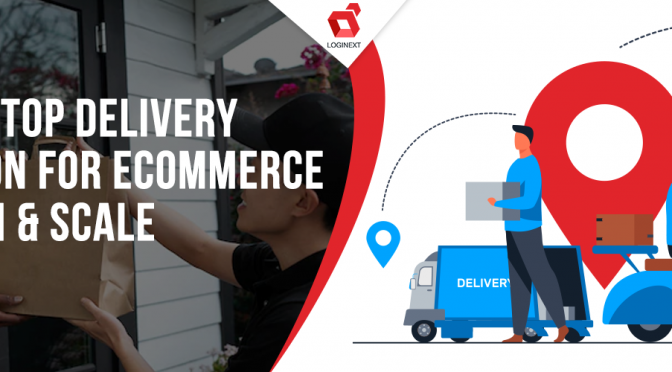
This article will help you understand the importance of a delivery solution for eCommerce. It will also give insights into the different strategies that businesses have used to get their orders delivered and the key aspects needed in a delivery solution for eCommerce.

A Retailers Guide to Home Delivering Large Furniture and Appliances In this modern digital age, convenience is available at a consumer’s beck and call. Within a few clicks, a wide variety of products can be home delivered the next day or in some cases, in a matter of minutes! Quick commerce has hastened delivery cycles […]
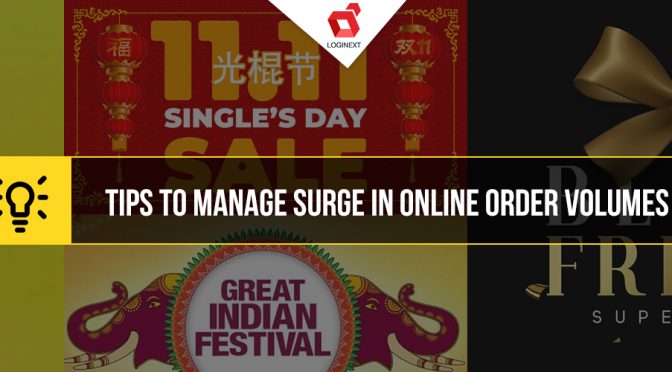
Do you have trouble managing fluctuations in eCommerce order volumes? Online sales and festivals are a key part of any retail brand’s strategy. As the festive season approaches or whenever a brand announces a special sale, there have to be preparations alongside to handle the fluctuations in order volumes. While a spike in sales […]
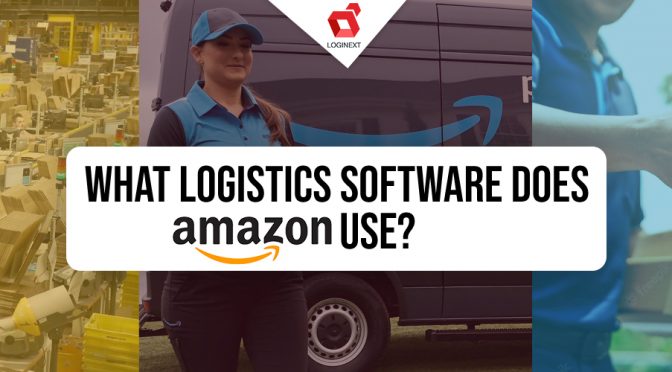
What logistics software does Amazon use? Amazon, which started as an online book store, has achieved spectacular growth to become the global leader in e-commerce. It became the top player with a simple mantra of wanting to become the earth’s most customer-centric company, where people could get all they wanted to be delivered anywhere […]

With more heavy-goods deliveries, will come more heavy-goods returns, and now is the time that brands should focus on refining the black diamond (reverse logistics) by making the process more efficient, optimized and automated
![[Quick Commerce Boom] Global LogiNext clients report a 24% increase in under 30-minute deliveries](https://www.loginextsolutions.com/blog/wp-content/uploads/2021/12/Ecommerce-Booming-100x500_2-672x372.jpg)
[Quick Commerce Boom] Global LogiNext clients report a 24% increase in under 30-minute deliveries LogiNext customers across sectors like QSR (Quick Service Restaurants) and Retail eCommerce have reported an average of 24% increase in under 30 minute deliveries in the last 6 months 100+ enterprise clients in USA, Middle East and APAC participated in […]
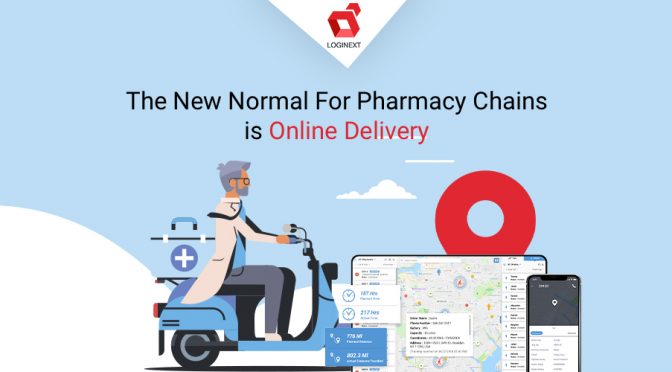
LogiNext, a B2B route planning software that helps pharmacists and retailers automate their last-mile deliveries has reported a growth of 40% in medicine home delivery since June 2020.
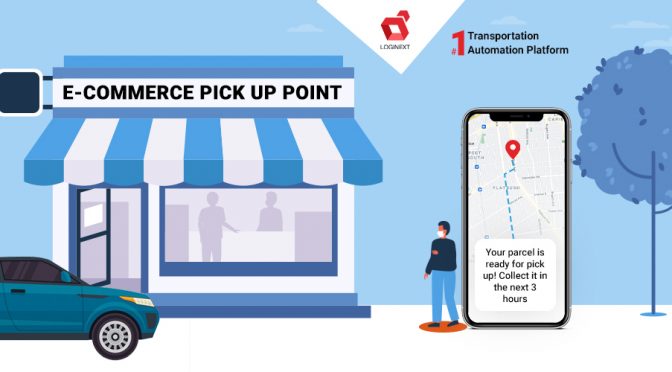
Curbside Pickup has been picking up pace from a couple of years now and the pandemic has given the trend a push. Large enterprises have adopted to giving customers more options and curbside pickup is an innovative low-touch solution that customers are choosing. Even SMBs are leveraging the trend and figuring out ways to enable such pickups. At LogiNext, we’ve helped several firms in their digital transformation journey and enabling a smooth curbside pickup is one of the crucial factors in this journey.
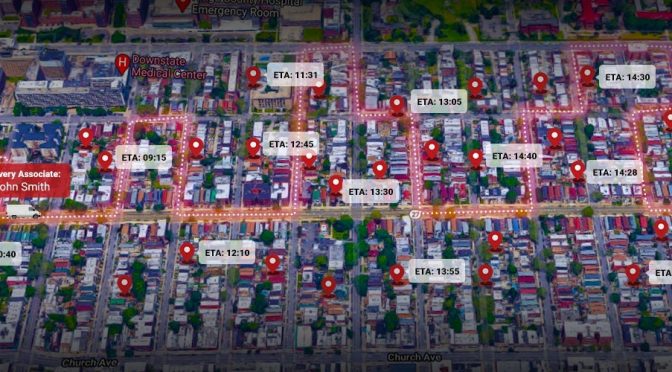
Route planning for a handful of drivers with a single digit number of stops can be done by solutions like Google Maps but the going gets complicated when you have more drivers or vehicles and stops above 50. Optimising route planning for stops above 10 also gets complicated just because of the number of variables involved. What’s the answer to this?
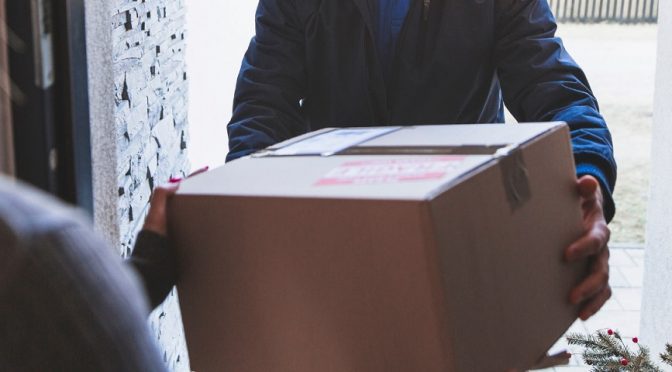
What’s with same-day or next-day deliveries? Well if haven’t forgotten important dates such as Valentine’s, Black Friday, or Thanksgiving, you won’t much appreciate the urgency of fast deliveries to save face. All’s well that ends well, and that’s why the right logistics technology, especially the last mile, is critical for flash events.
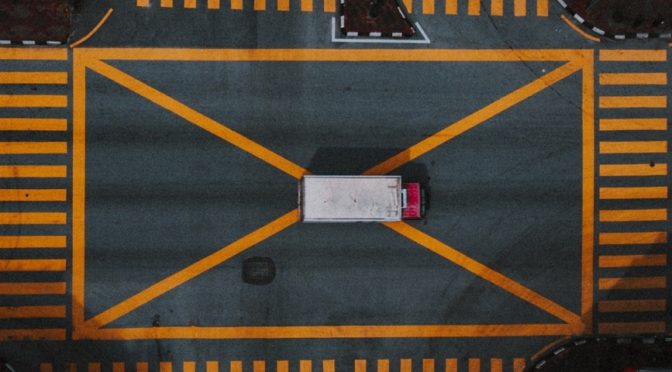
At the pace of current development, machine learning enabled delivery route optimization is the key to sustaining your brand to be consistently relevant for the upcoming future. To ensure that five years down the line you down get sidelined, get the right tech now.
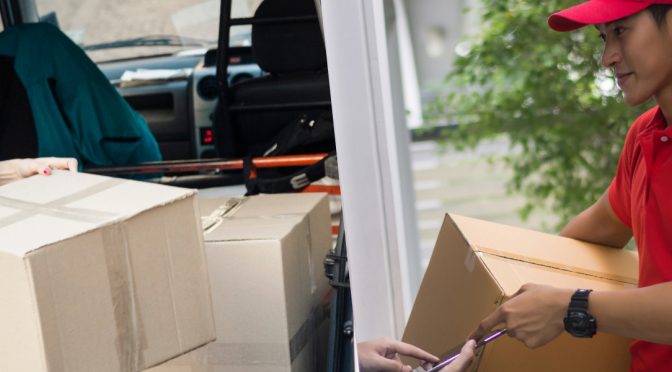
The top challenges, especially for CPG companies, are lack of proper delivery movement visibility, lack of control of actual on-ground logistics, delayed reaction time if anything goes wrong on-ground, over or under-utilized truck capacities, inaccurate estimated time of arrivals (ETAs), etc. LogiNext can help overcome all these and more.
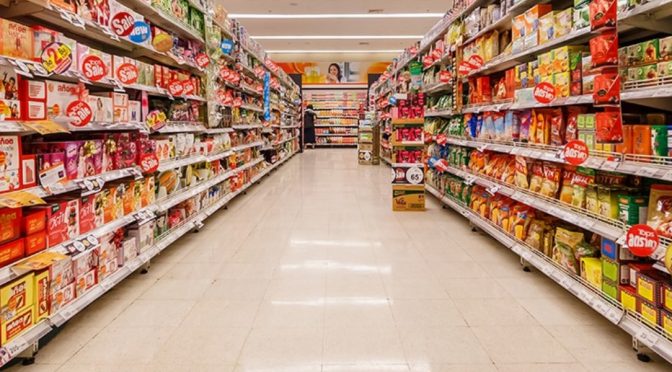
Consumer packaged goods (CPG) industry has been on a growth curve with a sustained CAGR of 10% possibly hitting $721.8 billion sales by 2020. Which side of this growth would your company stand on? One of the major driving factors for CPG, where bigger companies have their brands readily recognizable the world over, is being in the right place at the right time.
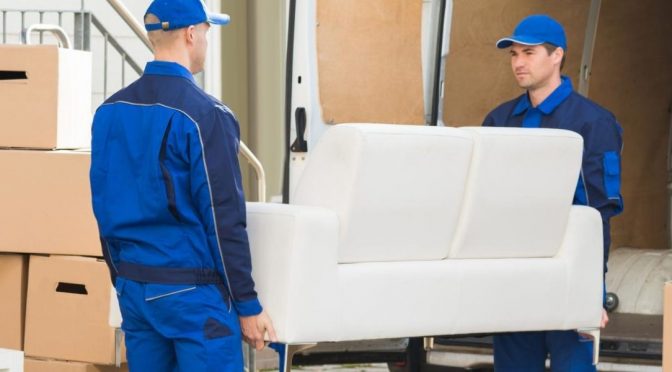
The client was one of the largest online home goods retailer in North America with more than 60 million active online users, 10 million hosted products, and 20,000 suppliers. LogiNext optimized their entire logistics movement with optimized carrier handling and high customer (delivery) experience.

Here are the top 3 things that’ll stay strong in 2019, shape how logistics is handled, and business is conducted across the globe. With the best delivery route planning software, logistics management would be more streamlined than ever before.

Why advanced delivery route planning is great for the global economy? Customers want fast deliveries. Companies want to deliver shipments faster and more efficiently using more resources at lower costs. They also want to become more reactive and agile in their delivery movement. These industries are becoming more customer-centric which is good for the economy. […]

The current path of logistics optimization demands a keen interest of the CIO, and this article is directed to bring them up-to-date with the benchmarks they should look for, paving the way for better business opportunities.
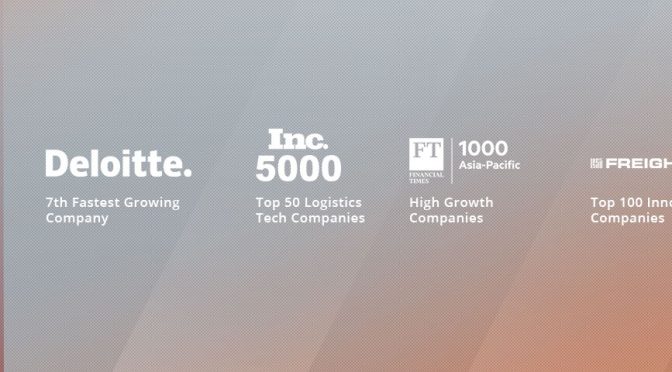
Tech is driving industries faster and faster. CAGR is keenly watched everywhere. Such tech needs leaders, and LogiNext has claimed its place, time and again, at the top of the chain.
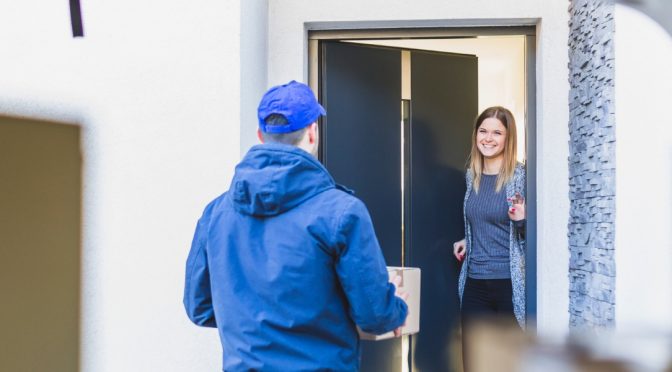
The Southeast Asian region would grow at 32% CAGR, reaching about $88 billion by 2025, Indian shores have taken up e-commerce strongly. Here, the market is slated to reach $64 billion by 2020, $200 billion by 2026, and surpass the U.S market by 2034
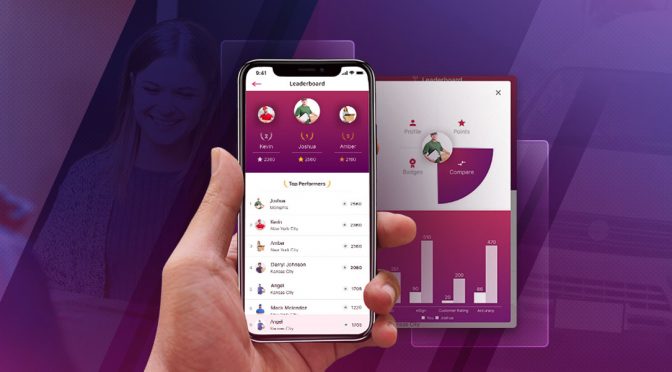
With LogiNext, high-end machine learning enabled logistics optimization rounds off at the end with human-driven achievements. In the world of fast-moving deliveries, this balance creates a sustainable and scalable model of efficiency.
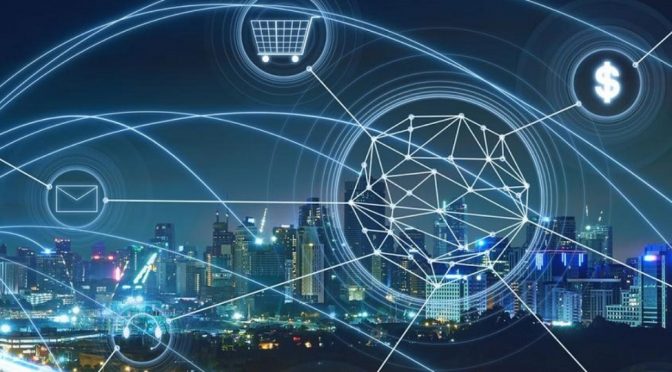
Internet of things (IoT) with the latest in machine-learning backed algorithms are the way logistics would be optimized to meet all customer demands and requirements, right from fast shipping, live tracking and notifications, and on-time delivery with optimized final mile movement.
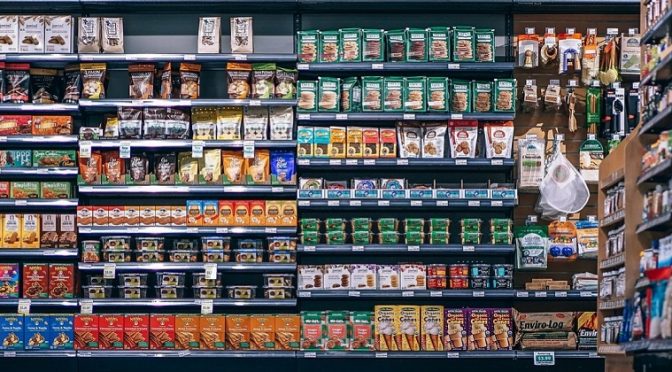
Retail, as we grown to recognize it, might not exist in the near future. This isn’t another retail doom warning. On the contrary, it’s about how the retail and e-commerce space is fast evolving. These players must give convenience wrapped in a neat delivery experience.
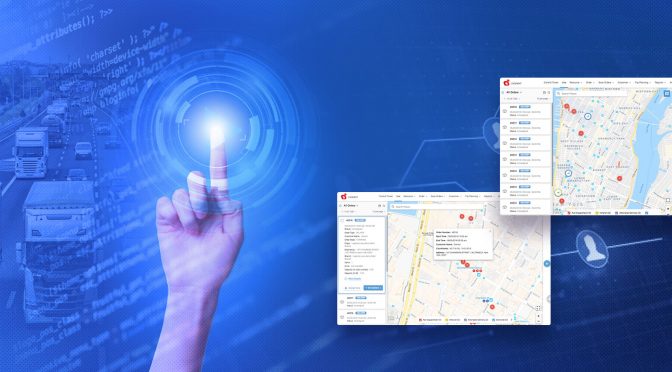
Gone are days of static analysis and planning. Deliveries are made not within charts and tables. They are made live, so should their scheduling and routing. All live. You know everything one glance, you can do everything in one click.
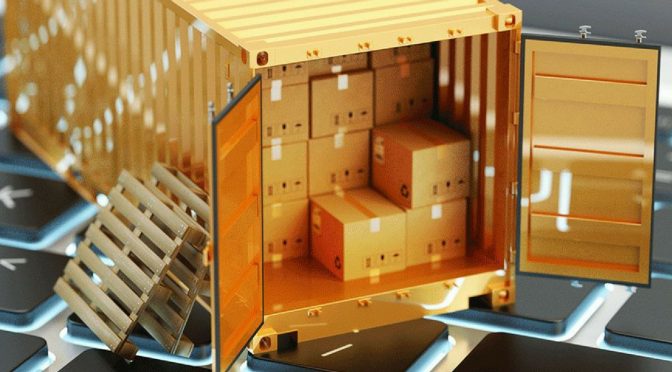
Amazon’s prime day upped the utilization of their fulfillment centers by over 25%. They have made their logistics leg into a powerhouse which they keep leveraging to get ahead of the competition. O one hand they are losing money and on the other, they are continuously building value, much more than any other company. What’s the key here?
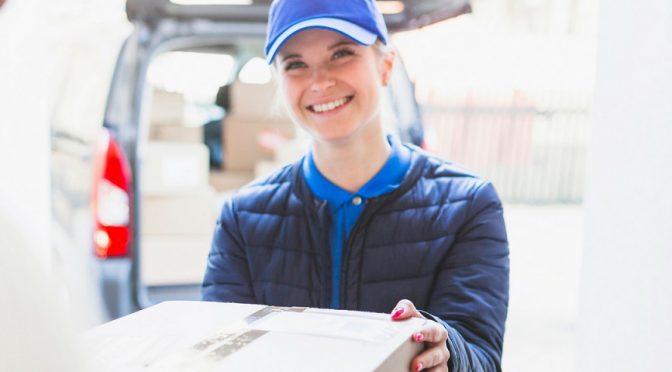
Companies can compete by making a better product. But it’s no longer enough. The company also must create a great delivery experience for the customer. Proper logistics movement optimization is key, not just to ensure quick and on-time deliveries, but also to boost customer satisfaction and retention.
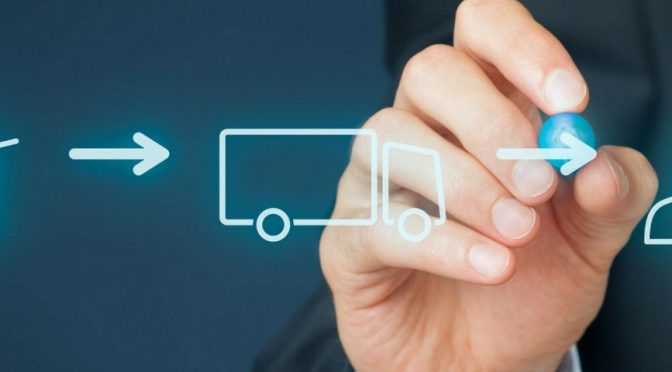
Ever wondered how some of these big-name e-commerce companies across the globe manage international sales events? It is only possible with tech creating shorter delivery routes and more successful (on-time) deliveries per day. This tech is the crux of what makes same-day delivery, not just a phenomenon but a reality.

Tech investment is not something you just write-off in your balance sheet, it’s about building for the future. With on-premise servers, even though the cost diminishes over time, their outdatedness increases. What’s the point of owning a cost-effective system which was relevant three years ago?
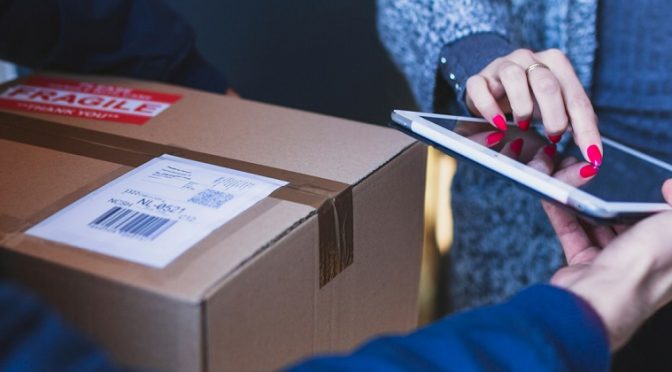
It’s costlier to acquire new customers compared to retaining them. With proper logistics optimization, companies can not only retain customers but also boost satisfaction and lifetime value. In this age of booming retail and e-commerce, logistics optimization is the best asset a company can have.
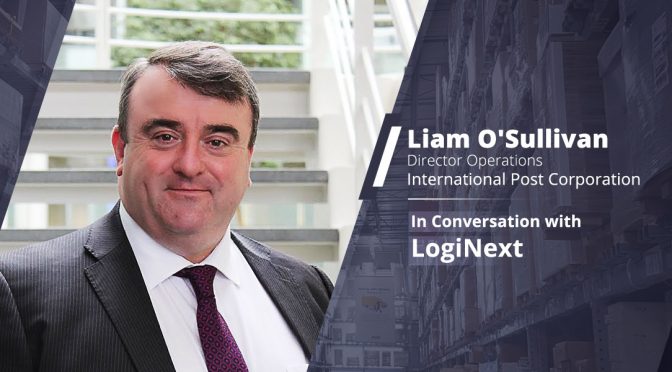
Today we speak to an industry veteran with close to two decades of raw delivery management experience. Liam O’Sullivan has earned matchless following and adulation in his career. He is the Director of Operations at International Post Corporation (IPC), Brussels, Belgium.

With technology, innovation is always around the corner. Some more than others. We have all seen the hikes in interest and following for tech innovations to have them fizzle out. We are at the start of such an upswing. Take a step further back, and you will get to the topic, Blockchain.
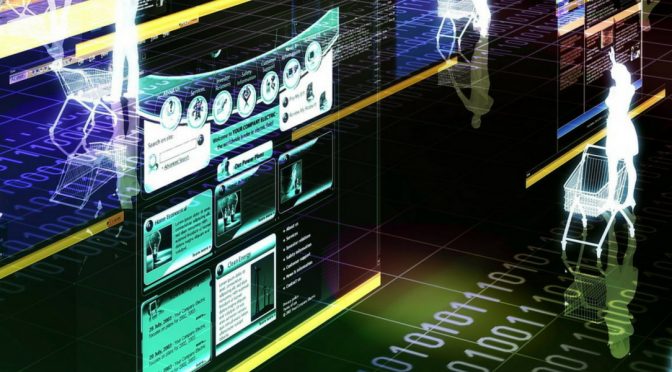
The World Bank has said logistical costs swallow up around a quarter of Indonesia’s gross domestic product, citing bottlenecks in supply chains, long dwelling times in ports and lengthy trade clearances. Indonesia’s e-commerce sales are set to rise from 3 percent of retail activity now to 19 percent by 2027, Morgan Stanley estimates.
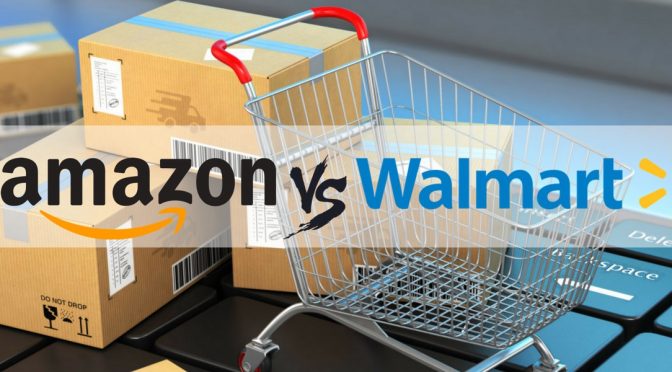
We have seen the Walmart acquiring Jet, Bonobos, Modcloth, and Shoebuy while planning to set up around 1000 pickup locations for online grocery shoppers. Racing Walmart to the front is Amazon with its grand acquisition of Wholefoods to enable faster deliveries with multiple pickup options.
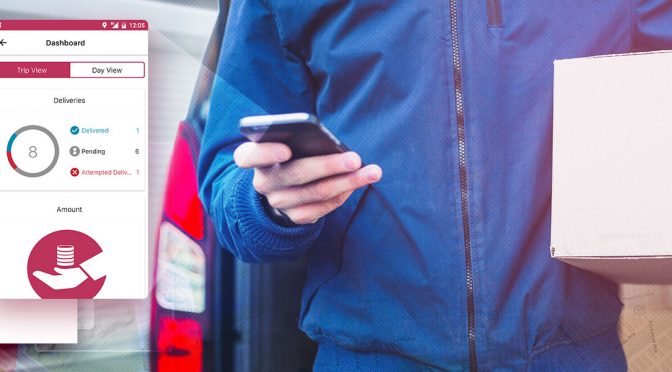
With effective schedules and permanent journey plans for the delivery and field agents, resource movement cost can be reduced while increasing overall resource utilization. Shorter distances traveled with lesser detention leads to higher number of deliveries fulfilled and visits accomplished.
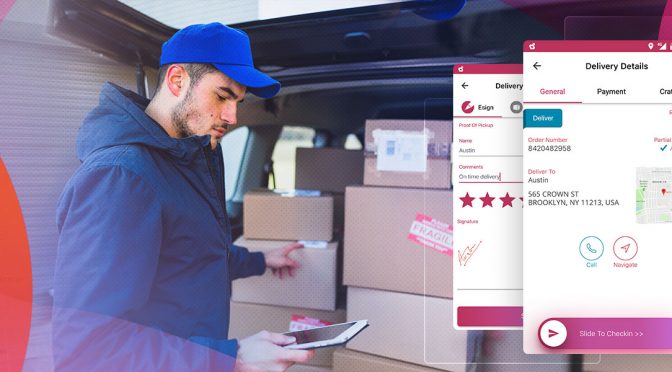
Enterprise mobility solutions are unlocking a new phase of benefits with respect to resource movement efficiency. With multiple industries and markets getting more and more focused on consumerism while finding new and better ways to satisfying the increasing global retail and e-commerce demand.
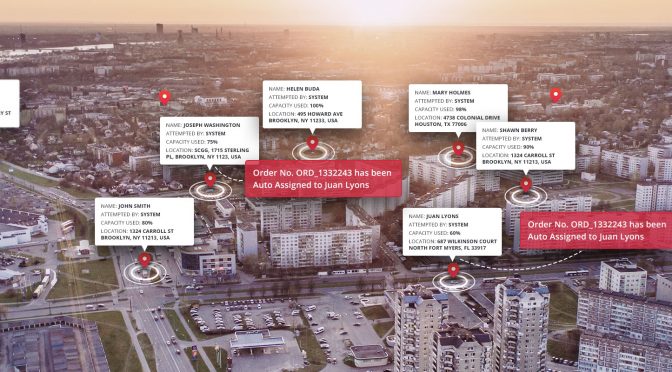
Under-utilized capacity carries a clear cost which adds to the cost-per-unit carried by the resource. It isn’t feasible to run under-utilized resources to fulfill the ever-increasing demand created due to expectations of on-demand, same, or next day deliveries. On-demand and preferred slot delivery (or pick-up) is made more efficient with the use of an auto-allocation engine.
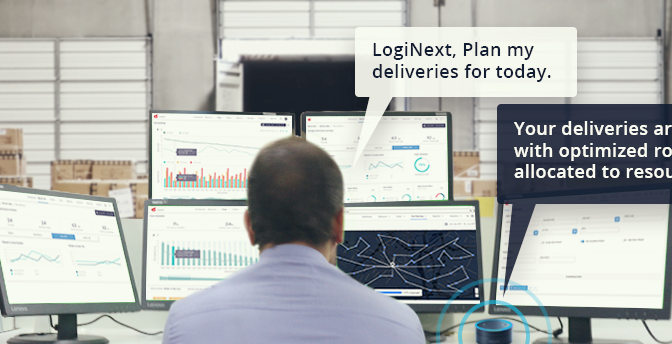
We recently integrated with Alexa, Google Assistant, Cortana, and Siri. Now, the manager can simply relax and instruct their personal assistant to fetch the information for them. Almost anyone can use the personal assistant without any hassle. It doesn’t matter if they are tech-savvy.
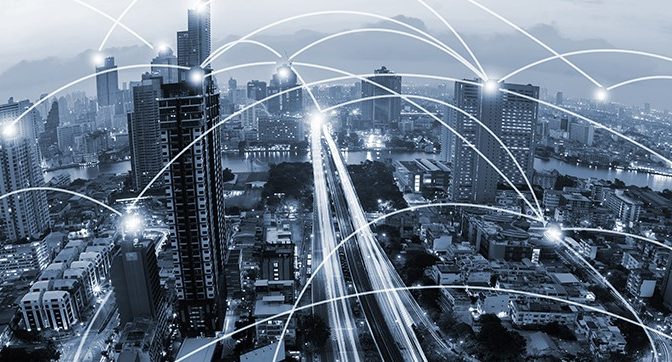
We saw last mile delivery being used as the key input in all omnichannel strategies. We saw localization in distribution strategies centered around making last mile delivery more effective. We also saw machine learning being implemented successfully in logistics and field workforce planning. These trends would be the greatest influencers in 2018 for logistics and field workforce management.
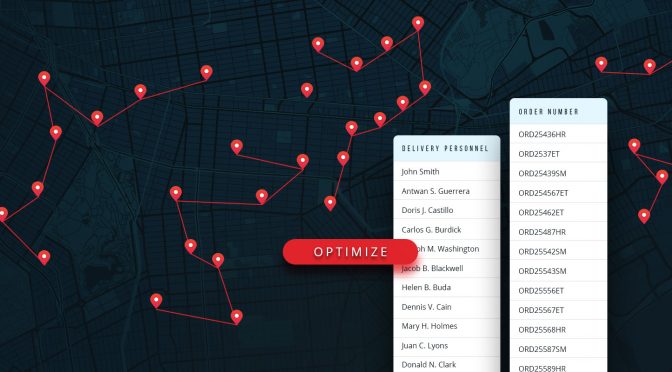
There is a way to bridge this gap, between the expectation and outcomes. And it is ‘tech-backed optimization’. Cloud-based optimization of resources, routes, and deliveries is the best way to ensure that your company not just matches industry benchmarks, but also breaks and resets them continually.

